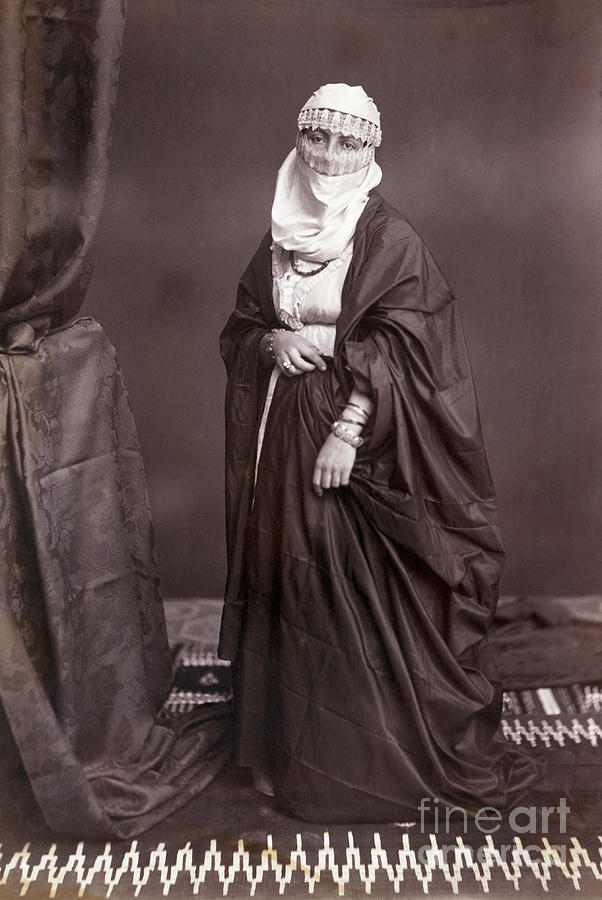Eastern Wear Pakistan: Essential Wardrobe Pieces for Every Fashion Enthusiast
Wiki Article
Open the Tricks of Classic Eastern Put On
Exploring the enigmatic world of classic Eastern wear explores a world where virtuosity, history, and society merge to develop garments that go beyond mere fabric and thread. The elaborate tapestry of practice interwoven with modern components supplies a look right into a globe where every stitch informs a story, every concept a symbol of importance. Unveiling the tricks behind these developments introduces a tapestry of heritage waiting to be unraveled, welcoming one to journey through the angelic appeal and mystique of Eastern fashion.Background of Eastern Style
The history of Eastern style go back centuries, reflecting the abundant cultural heritage and customs of varied areas across Asia. Each region boasts its unique designs, textiles, and designs that have actually been affected by elements like climate, faith, social condition, and profession paths. eastern wear pakistan. The detailed silk garments of China represent beauty and elegance, while the lively saris of India display a kaleidoscope of patterns and shades.In Japan, the bathrobe has actually been a sign of practice and improvement for generations, with various designs used for various occasions. The history of Eastern fashion is a tapestry of technology and custom, blending ancient practices with modern-day influences to create an ever-evolving and dynamic industry.
Relevance of Standard Clothes
Traditional outfit serves as a cultural symbol, symbolizing the worths, ideas, and heritage of areas in Eastern societies. eastern wear pakistan. These garments are not merely items of textile yet are symbolic depictions of the abundant history and traditions gave via generations. In Eastern societies, typical outfit plays a substantial function in ceremonies, festivals, and life, showing the social condition, regional associations, and also marriage status of individualsThe significance of conventional clothes surpasses appearances; it is a means for people to get in touch with their origins and share pride in their cultural identity. Each garment, from the intricate sarees of India to the flowing hanboks of Korea, lugs with it a story of craftsmanship, symbolism, and symbolism that is deeply ingrained in the fabric of society.
Furthermore, standard attire serves as a visual language, connecting tales of unity, durability, and triumph. By putting on these garments, people not just recognize their heritage yet likewise add to the preservation and event of their social tradition.
Evolution of Eastern Embroideries
How have Eastern embroideries advanced over time to mirror transforming creative trends and social impacts? Eastern embroideries have an abundant background that extends centuries and have actually continually progressed to include varied cultural impacts and reply to moving creative patterns. The evolution of Eastern needleworks can be traced back to old civilizations where detailed styles were hand-stitched onto textiles utilizing conventional methods. Over the years, these needleworks have actually adapted to reflect the transforming tastes and choices of various areas and periods.
Today, Eastern embroideries proceed to progress, mixing standard workmanship with contemporary style perceptiveness to create classic pieces that celebrate the elegance of social diversity and imaginative development.
Lavish Fabrics in Eastern Put On
Lavish fabrics play a pivotal duty in elevating the visual allure and high quality of Eastern wear, read review enhancing the total attraction and elegance of traditional garments. Eastern wear is renowned for its opulent materials that not only show the area's abundant cultural heritage however also symbolize elegance and poise.In addition to silk, fabrics like velvet, brocade, and chiffon are also frequently featured in Eastern wear. Velvet brings a luxurious and regal feeling to standard ensembles, while brocade, with its intricate patterns and metallic strings, includes a touch of majesty. Chiffon, on the other hand, is preferred for its light-weight and airy qualities, making it a prominent selection for streaming shapes try this and delicate embellishments. These lavish materials not only elevate the aesthetic allure of Eastern wear but also guarantee a sense of improvement and refinement that transcends time.
Incorporating Eastern Style Today
In modern fashion landscapes, the integration of Eastern affects offers a harmonious combination of cultural heritage and modern-day visual appeals. Designers and style lovers alike are welcoming the abundant tapestry of Eastern fashion, incorporating standard aspects right into contemporary shapes and designs. From complex embroidery to vivid shades and elegant fabrics, Eastern style today supplies a varied series of options that accommodate a global audience.One way Eastern fashion is making its mark in modern wardrobes is through the adjustment of traditional garments such as the bathrobe, saree, or qipao right into everyday wear. These pieces, once booked for unique events, are now reimagined in more informal types, permitting their consolidation into daily fashion options. Additionally, using typical patterns and motifs in Western-style garments adds a touch of unique elegance to contemporary outfits.

Conclusion
Finally, discovering the abundant background, relevance, and development of Eastern fashion unveils a deep-rooted connection to heritage and worths. The lavish materials and detailed embroideries of Eastern use display the flexibility and timelessness of typical designs. Incorporating Eastern influences in modern style enables for a blend of tradition and innovation, developing a harmonious balance between the past and today.Lavish textiles play a pivotal role in boosting the visual allure and high quality of Eastern wear, boosting the total attraction and sophistication of standard garments. Developers and style enthusiasts alike are accepting the rich tapestry of Eastern fashion, incorporating standard elements right into modern shapes and styles. From intricate needlework to dynamic shades and luxurious materials, Eastern style today uses a diverse range of options that provide to a worldwide target market.
One means Eastern fashion is making its mark in modern closets is with the adaptation of standard garments such as the robe, saree, or qipao into everyday wear. The extravagant fabrics and detailed embroideries of Eastern put on display the adaptability and eternity of conventional layouts.
Report this wiki page